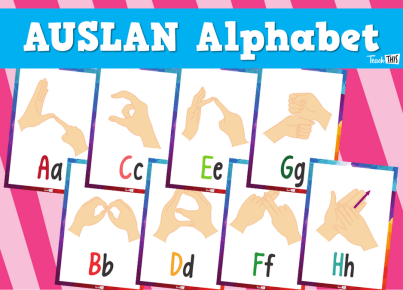Introducing children to poetry at a young age has many benefits. However, many teachers struggle to incorporate poetry into the curriculum as there is so much to cover already. A smart way to teach poetry is to consider it an integral part of the language, reading, and writing and not an add-on.
Continue reading to see the numerous benefits of reading poetry, so you will be all the more inclined to read poems in class.
Poems Could Be A Way Of Exploring Language
Studying grammar and its rules is not fun for the students. The lack of interest demotivates teachers as well. One way to make learning grammar fun is to incorporate poems that discreetly teach parts of speech through rhyme and humor.
Amy Ludwig VanDerwater shares beautiful poems online at The Poem Farm that teach kids parts and figures of speech.
Informational Poems Are A Hit With Students!
Creating poetry is a beautiful way for students to share information they learned through class or independent study. Along with creating their informational poems, there are many such poems that they can learn from.
Such poems incorporate mathematical operations and rules, science laws, arts, and history. Hey Diddle Diddle: A Food Chain Tale by Sylvan Dell is such a fun compilation. It features many poems that describe animals, how they create food webs, the circle of life, and ecosystems. Moreover, there is a fun picture related to each poem that adds to the fun.
Inspires Writing
Many poets and authors recall how their interest was developed by an exceptional teacher at a very early age. You can be that special teacher for your students. Introduce your students to poetry, and they could learn how poetry can be an effective vehicle to communicate.
Moreover, some students are very creative, and reading different kinds of poetry can pique their interest. They might be motivated to start penning poems. Even if they don’t write, they can know that poetry deepens comprehension, develops empathy, and produces a new hobby.
New Perspectives
One of poetry’s best qualities is that it can transform our point of view. When going around and about, we only think like humans. However, some very creative poems are written from the perspectives of other beings.
For example, Dogs Rule and Cats Power! by Daniel Kirk showcase some of the funniest heroes of each species. Even if your students are not animal lovers, they are sure to enjoy these.
Concluding Thoughts
Young students are creative individuals who like to explore new things. Instead of treating poetry as an add-on to the curriculum, think of it as a part of it that would teach students many things other than just literature.




